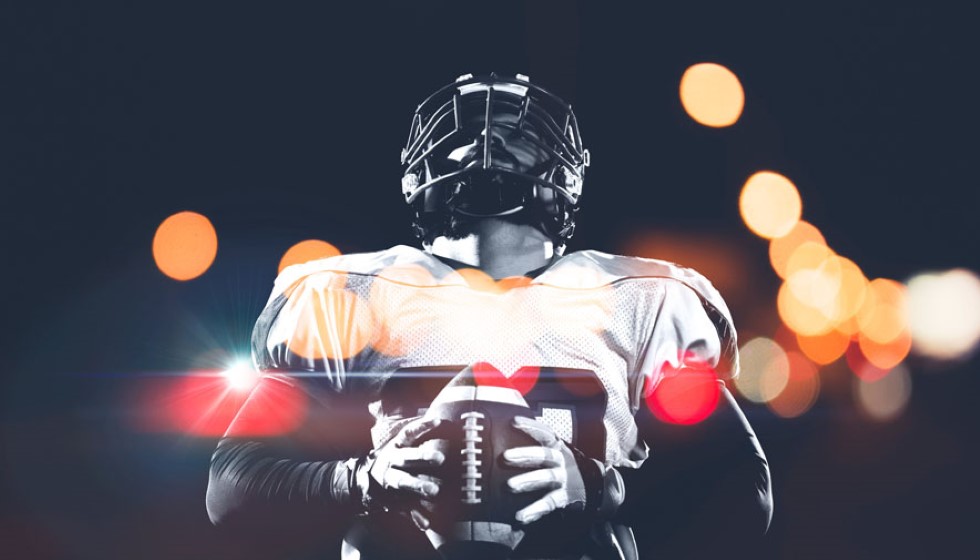
The National Football League (NFL), in collaboration with the National Football League Players Association (NFLPA), is charting a new course in player safety with the introduction of position-specific helmet models for the 2024 season. This innovative approach is dictated by the recognition that different positions on the football field are exposed to unique types of impacts and thus have different protective needs.
Position-Specific Protection
The demands of each position in the NFL are unique, shaping the development of helmets designed to cater to those specific needs. Quarterbacks, for example, require helmets that not only offer superior protection from high-impact hits but also enhance visibility, allowing them to read the game effectively. In contrast, linemen face a repetitive barrage of blows to the head and neck area, necessitating helmets that can absorb these impacts and minimize strain.
Innovations in Helmet Technology
The response from the industry has been robust, with about eight top-rated helmets now available that cater specifically to the protective needs of quarterbacks and linemen. For quarterbacks, the focus of these specialized helmets is on balancing visibility with impact protection, ensuring that the players can perform their strategic roles without compromising safety. Linemen’s helmets, on the other hand, are engineered to withstand high-force impacts, a crucial feature given the nature of their role in the game.
Among the innovations leading this new wave of helmet technology, Riddell's Axiom 3D model stands out. This helmet represents a significant leap forward in design and protection, marking the progress the industry is making toward safer and more efficient protective gear for players.
Push for Wider Adoption
While the interest in specialized helmets is on the rise, particularly among linemen who are traditionally exposed to greater risk of head injuries, there is a concerted effort to encourage wider adoption across all positions. The impetus for this initiative has been bolstered by high-profile incidents, such as the inquiry into Patrick Mahomes's helmet incident, which have spotlighted the need for improved helmet safety protocols.
It is compelling to note that specialized helmets for linemen were only approved in 2022, with quarterbacks following suit in 2023. This recent development underscores the ongoing commitment to research and development aimed at reducing head injuries within the sport.
Ongoing Research and Future Directions
As technology advances, the NFL is keenly focused on developing helmets that offer better protection and could potentially minimize the risk of head injuries, paving the way for a sustainable career for players. This includes looking beyond quarterbacks and linemen to other positions such as wide receivers and running backs, who also face significant risks on the field. The trend toward position-specific helmets, therefore, is not just a momentary shift but a long-term movement expected to gain momentum, with more players likely to adopt these specialized helmets in the coming years.
Ensuring a Safer Future
Jeff Miller, NFL’s executive vice president for health and safety, views the advent of position-specific helmets as a promising start toward enhancing player safety. However, he also acknowledges that there is much room for expansion, particularly among linemen. The overarching goal is to minimize injury risk, ensuring not only the well-being of the players but also the longevity of their careers in the league.
In conclusion, the NFL and NFLPA’s joint efforts in introducing position-specific helmet models mark a significant milestone in sports safety. With ongoing research and technological advancements, the future of football looks poised to become safer, ensuring that the sport continues to evolve in ways that prioritize the health and safety of its players.